
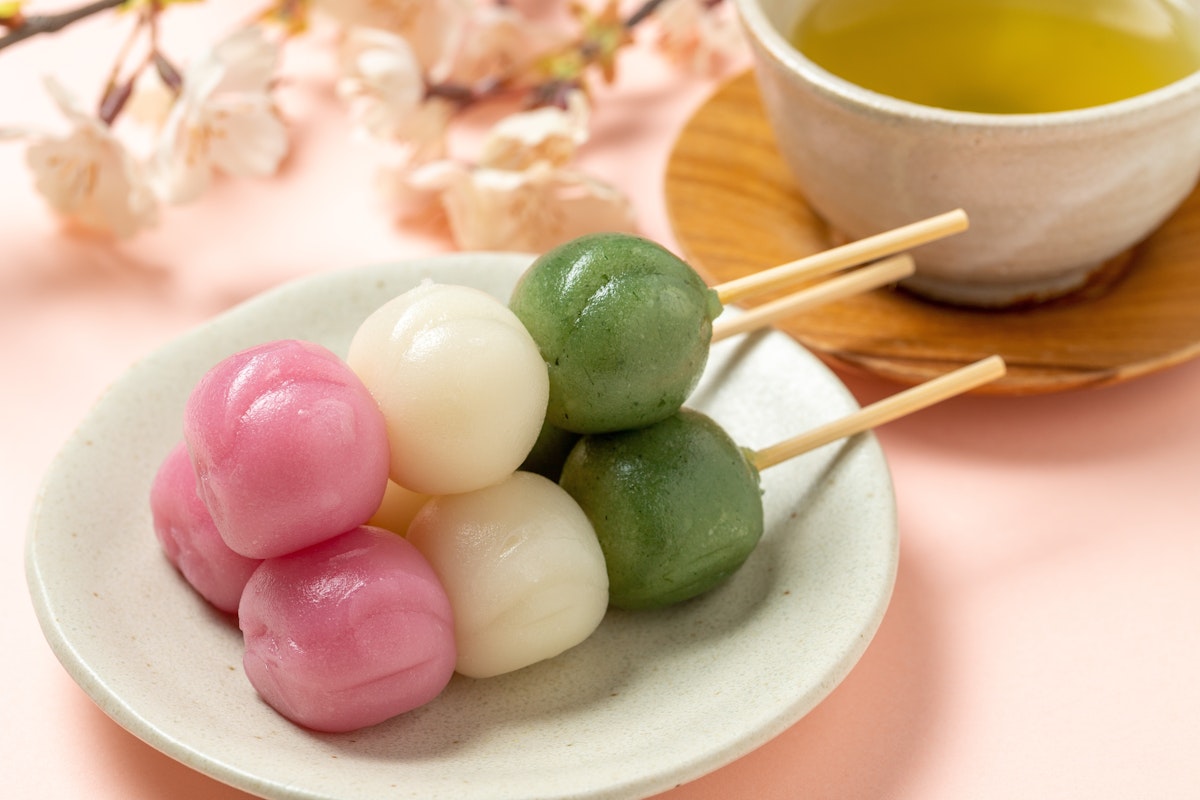
随着冬天的寒冷日子让位于春天的温柔温暖,日本正在经历令人愉快的转变。樱花或樱花开始绽放,景观变得充满柔和的粉红色调。
这种季节的变化也在日本料理中得到庆祝,春天的食物体现了大地恢复生机的新鲜和活力。最好的日本春季美食捕捉了当季充满活力的风味,反映了与自然和传统烹饪技术的深厚联系。
从荷兰豆和芦笋等柔软的春季蔬菜到微甜的食材,日本的春季菜肴提供了质地、风味和颜色的完美和谐。对于美食爱好者来说,日本春天的到来是沉迷于清淡、清爽的饭菜的时候,这些饭菜强调了当季丰收的精髓。
无论您是游客还是当地人,这些时令美食都是必须尝试的。它们提供了日本春天收成的独特味道。

竹笋或 takenoko 是典型的日本春季食品。竹笋在嫩嫩时从森林地面上收获,味道温和,略带坚果味。
它们通常是为了突出其自然味道而准备的,可以在 takenoko gohan(竹笋煮的米饭)、汤甚至盐烤等菜肴中找到。这种多功能的成分与各种口味相得益彰,为许多春季菜肴提供令人满意的嘎吱声。
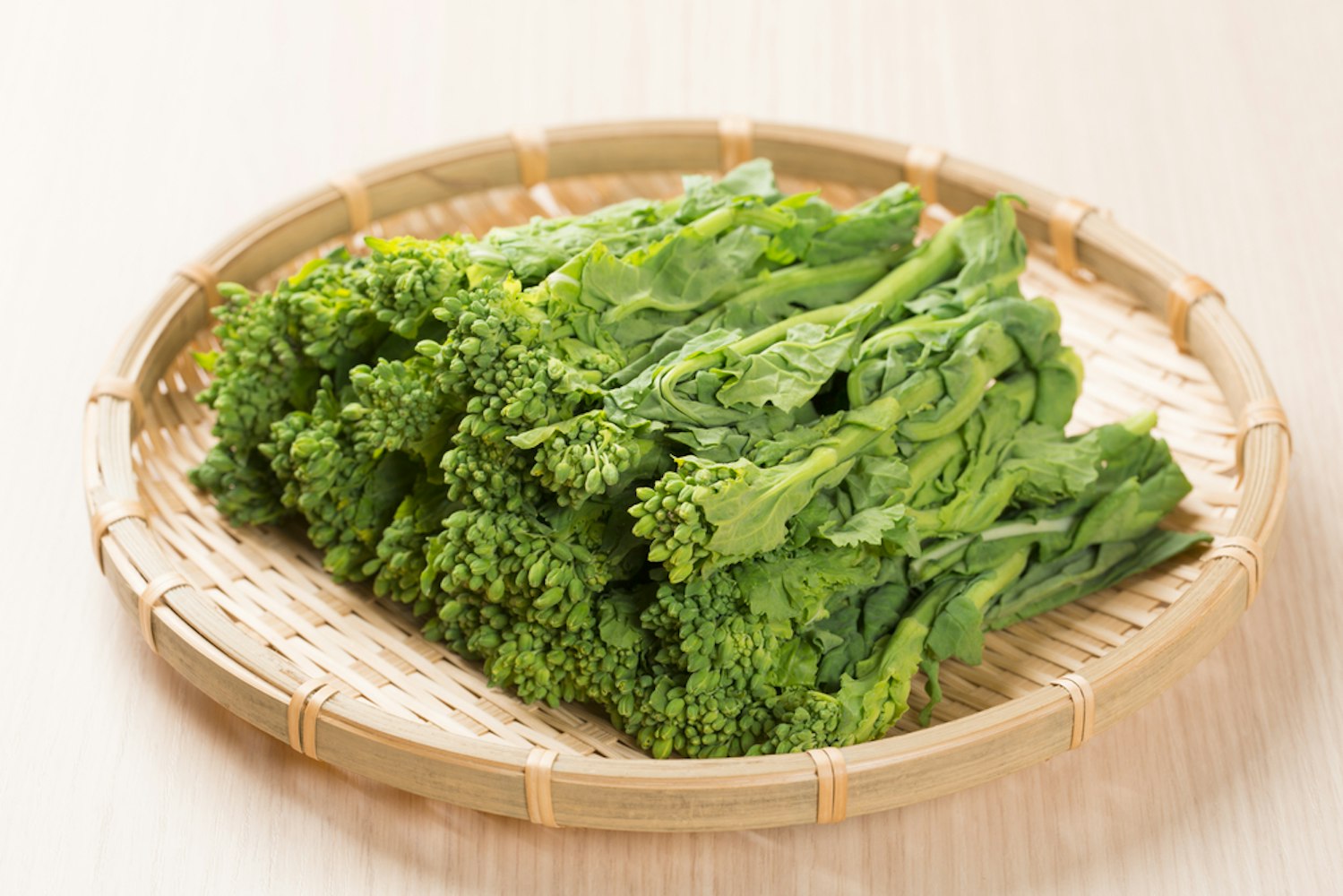
Nanohana 或油菜花是最早出现在日本市场.它的味道略带苦涩但令人愉悦,与其他成分平衡良好。
nanohana 通常用酱油焯水或涂上芥末,因其新鲜和鲜艳的色彩而受到人们的喜爱。这种绿色蔬菜也经常用于天妇罗菜肴,其微妙的味道与清淡酥脆的面糊形成鲜明对比。

荷兰豆在日本被称为 kinusaya,是另一种必吃的春季蔬菜。它们细腻的质地和温和的甜味使它们成为春季沙拉和炒菜的最爱。
荷兰豆通常与盐一起搅拌或用酱油炒,为任何菜肴增添清爽的嘎吱声和一丝绿色。这种蔬菜也可以搭配时令海鲜或嫩肉享用,提供轻盈、明亮的风味,捕捉到当季的精髓。
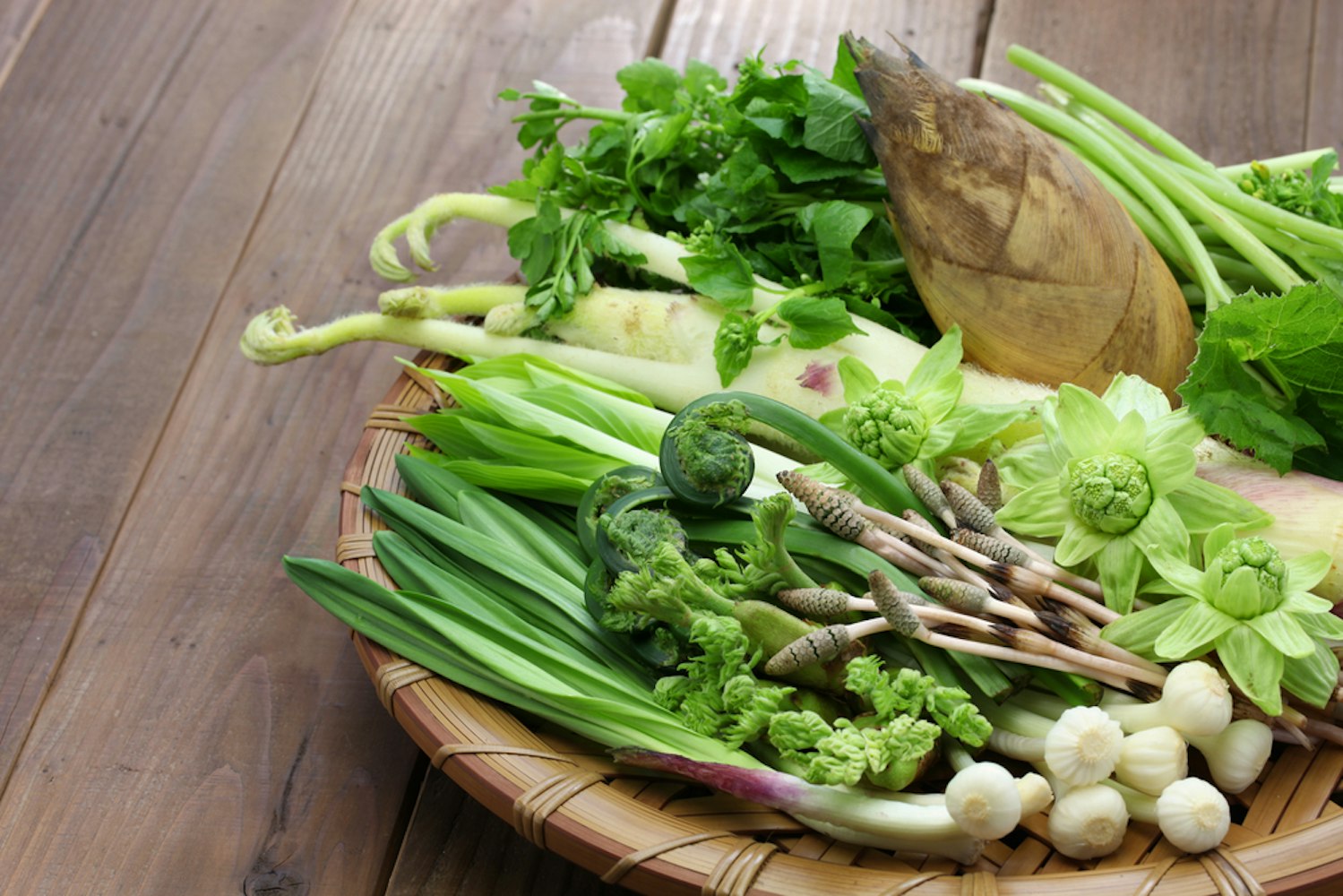
山菜是指在春天收获的各种山菜。受欢迎的品种包括 fuki(蜂斗菜)、warabi(蕨菜)和 kogomi(鸵鸟蕨)。
这些蔬菜通常具有泥土味、略带苦味,与大豆菜肴搭配得很好。山菜天妇罗是享用这些野生蔬菜的常见方式,其酥脆的涂层抵消了微妙的苦味。
无论是在简单的味噌汤中享用,还是用少许盐蒸,山菜都反映了日本的山和森林。
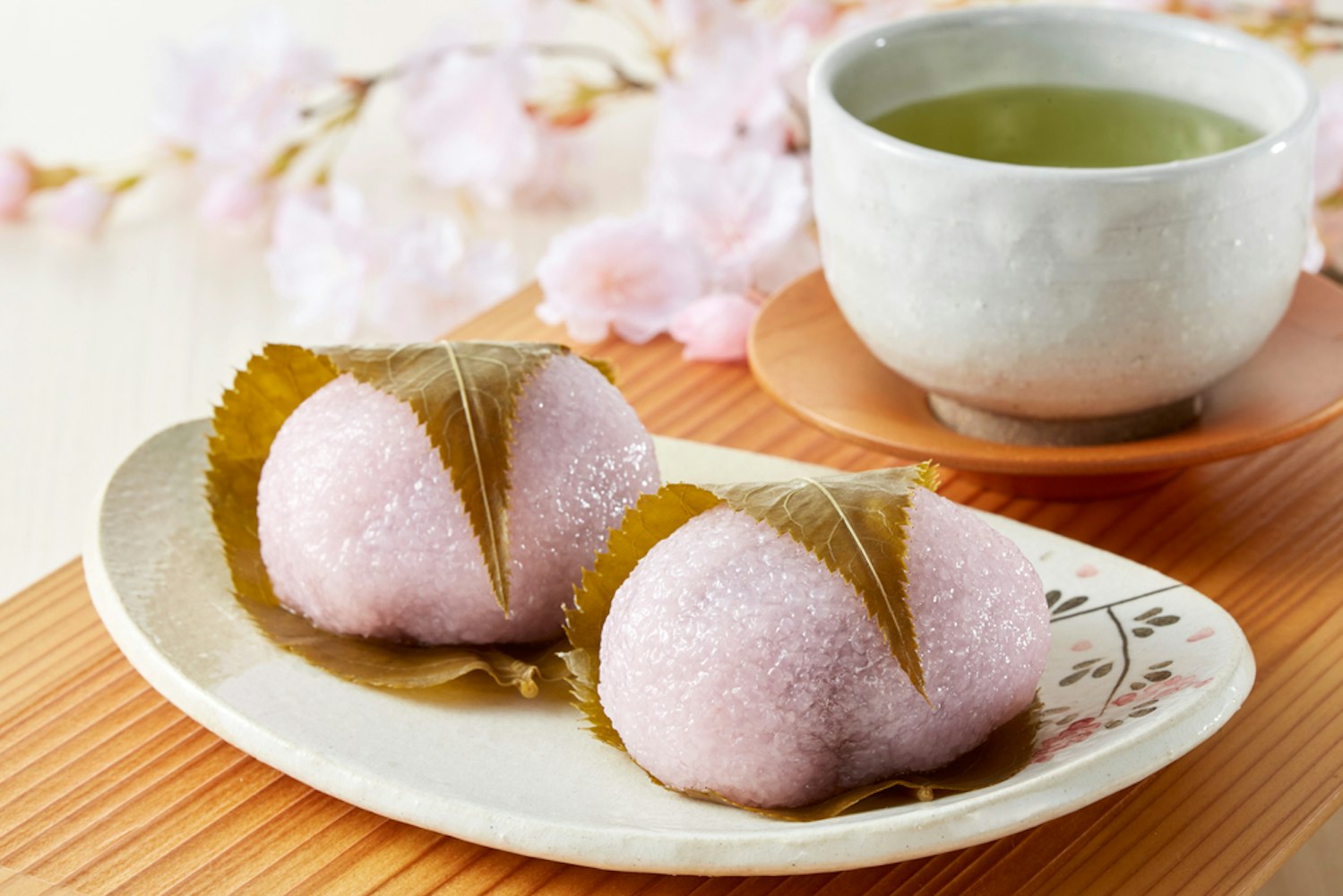
作为标志性的樱花盛开,樱花麻糬成为季节性的最爱。这道令人愉悦的甜点以糯米饭包裹着甜甜的红豆沙,全部包裹在盐渍樱花叶中。
将微甜的米饭和咸咸的樱花叶相结合,营造出令人愉悦的风味平衡。这款受欢迎的甜点完美地捕捉了春天的精神,每一口都散发着日本时令美景的味道。
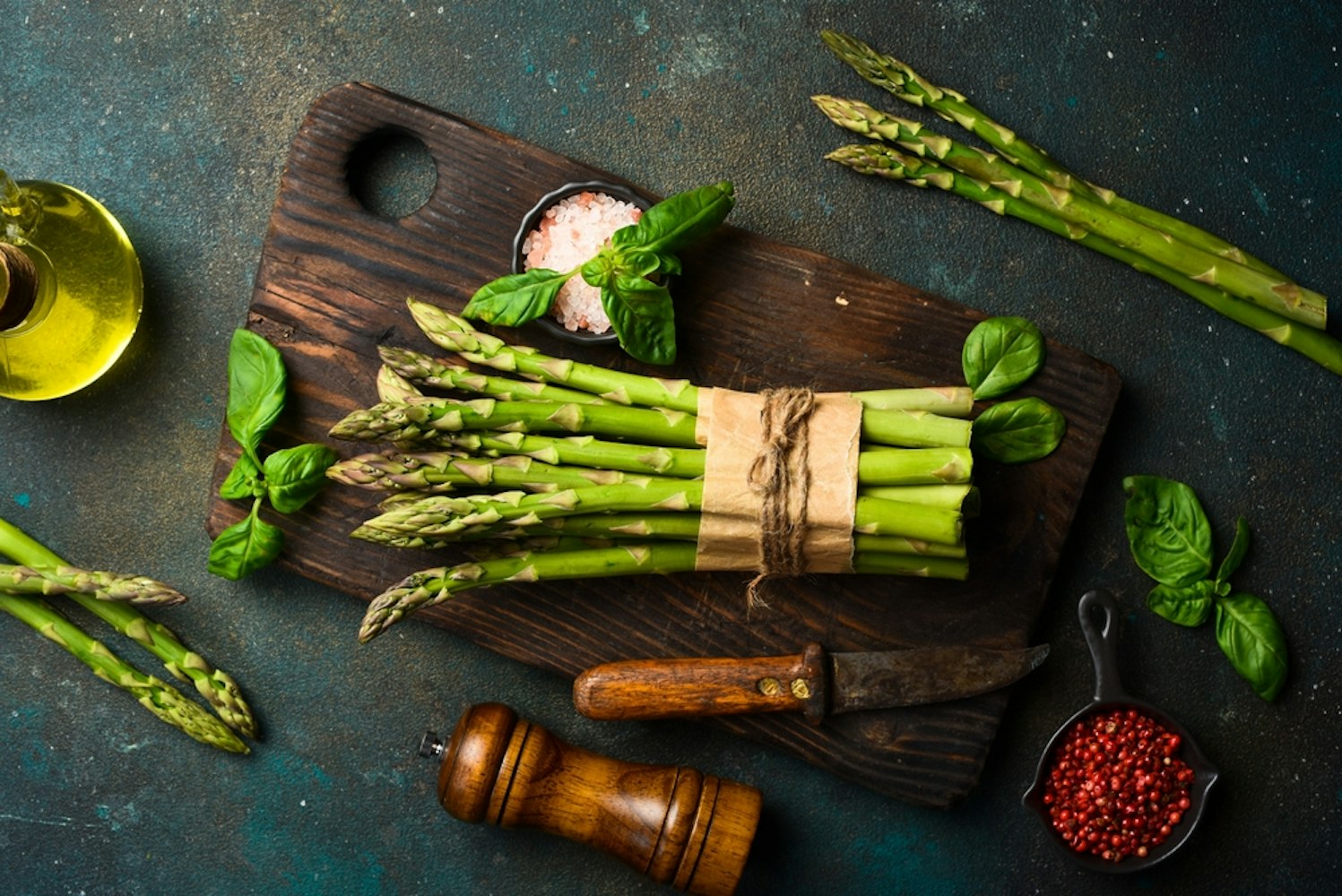
春芦笋以其柔软、甜美的味道而闻名,并且通常是为了展示其自然味道而准备的。在日本,芦笋通常是蒸或烤的,有时包裹在薄薄的培根片中,形成鲜美的对比。
芦笋是一种深受喜爱的春季蔬菜,因为它的多功能性和与西餐和日本料理相得益彰的能力。它也可以搭配温和的奶酪酱或微咸以增强其细腻的风味。
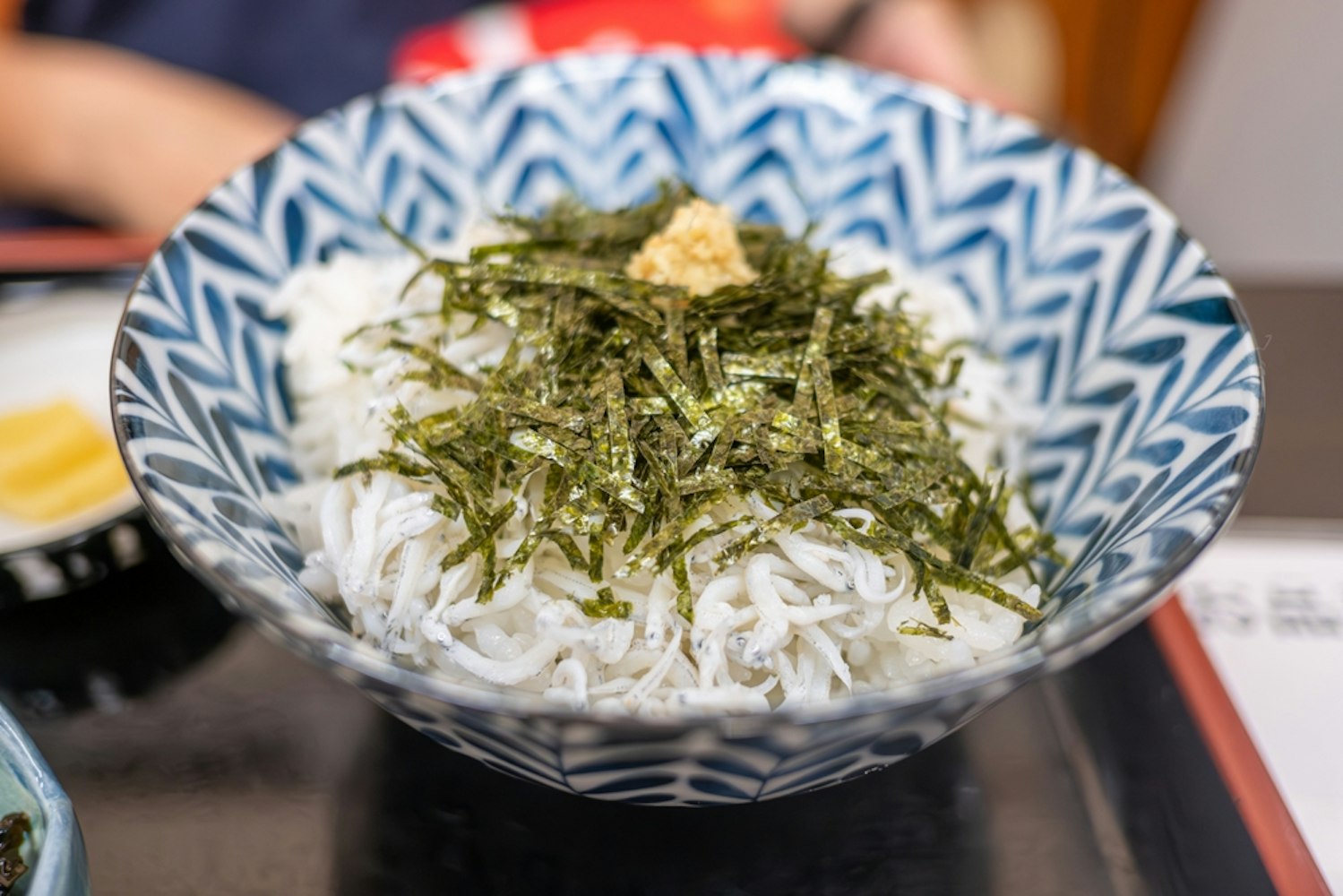
Shirasu 或小沙丁鱼是一种春季美食,可以新鲜、煮或晒干食用。这些小鱼通常撒在盖饭上,添加到沙拉中,或加一点盐作为小吃享用。
它们的味道略带咸味,带有淡淡的海洋气息,是春季蔬菜较温和味道的完美搭配。
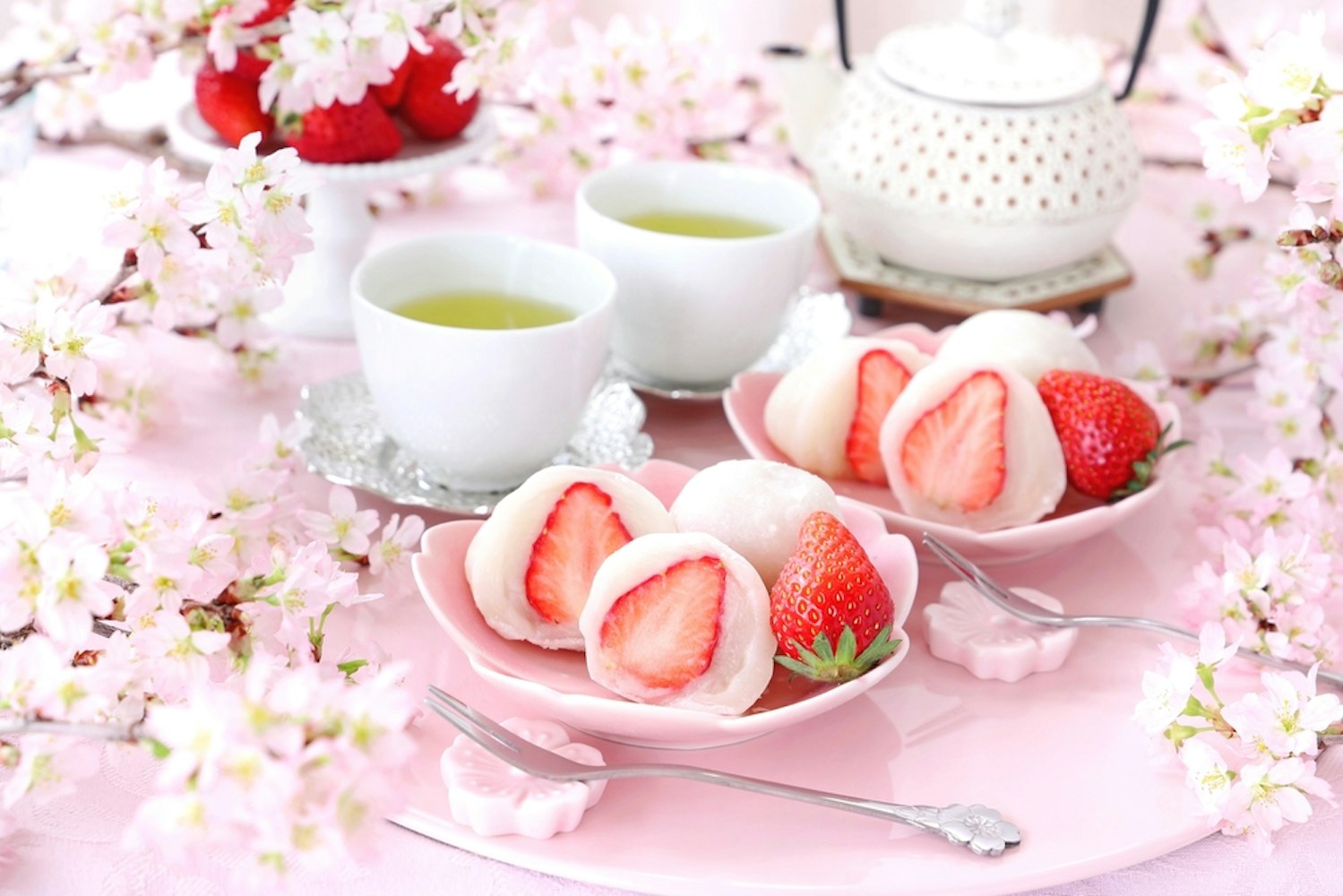
草莓或 Ichigo 是日本春天的甜蜜亮点。日本草莓以其多汁、甜美的味道而闻名,通常单独享用、与甜点一起享用或搭配少许奶油享用。
在春季,许多日本糕点店以草莓为特色,提供新鲜的蛋挞、蛋糕和冻糕,突出了水果鲜艳的颜色和味道。这些是爱吃甜食的人必不可少的春季零食。
在日本,春天象征着重生的时刻,在这里,风景和烹饪传统都焕发出新的活力。最好的日本春季美食拥抱了这种转变,提供清淡、新鲜、风味浓郁的菜肴。
从嫩竹笋到甜草莓和酥脆的荷兰豆,每道菜都反映了季节变化的微妙之美。这些时令美食提供独特的用餐体验,让您感受到日本对大自然及其恩赐的根深蒂固的欣赏。
无论您是品尝野生山菜的泥土风味,还是在盛开的樱花树下沉迷于甜美的樱花麻糬,日本春天的美食宝藏确实是一场感官盛宴。因此,如果您计划在春天访问日本,请尽情享受这些必尝菜品庆祝最好的收获季节。
有哪些典型的日本春季甜点?
受欢迎的日本春季甜点包括樱花麻糬(樱花叶年糕)、一护大福(草莓馅麻糬)和草莓冻糕,这些甜美的时令草莓突出。
日本什么时候是赏竹笋的最佳时间?
竹笋在早春收获,通常是从 3 月到 5 月,此时它们最嫩、最美味。
日本的野生山菜 (sansai) 通常是如何准备的?
山菜通常被制作成天妇罗,加入汤中,或用酱油炖煮,与米饭一起食用,以突出其泥土味。
在日本哪里可以品尝到新鲜的 shirasu(小沙丁鱼)?
享用新鲜 shirasu 的最佳地点是神奈川县等沿海地区,在那里它可以生吃或在盖饭(shirasu don)上煮熟。
是什么让日本草莓在春天独一无二?
日本草莓,尤其是像 Tochiotome 或 Amaou 这样的品种,以其甜味、多汁和完美的风味平衡而闻名,使它们成为春季甜点的季节性最爱。



